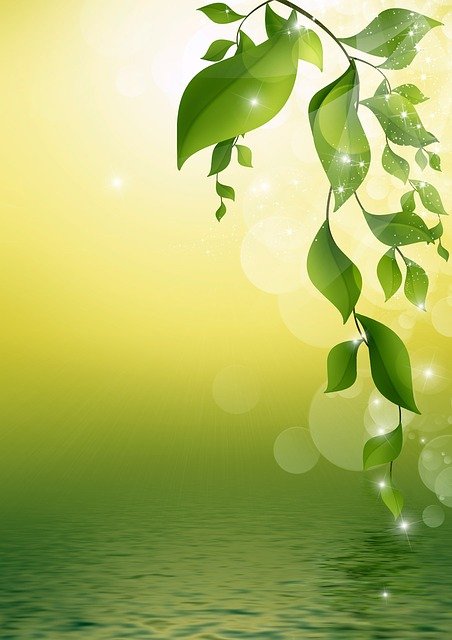Duratrans Printing NYC Redefining Modern Advertising with Eco-Friendly Innovation
When businesses seek impactful visual displays, duratrans printing NYC offers a sophisticated solution that combines vibrant backlit imagery with professional quality. This specialized printing technique creates translucent graphics perfect for illuminated displays in retail spaces, transit stations, and commercial environments throughout New York City. The technology uses transparent film that allows light to pass through, producing stunning visual effects that capture attention in high-traffic areas. The process involves advanced printing equipment that ensures every detail appears sharp and vivid, making it an essential tool for modern marketing campaigns across the five boroughs.
While these innovations are enhancing urban aesthetics and commercial communication, many printing companies are practicing eco-friendly solutions. They do this by trying to minimize waste and recycle materials that can. This practice extends to individual homes too.
Growing Challenge of Household Waste
American households generate an overwhelming amount of waste daily, with the average family discarding nearly five pounds of trash per person. This accumulation creates significant environmental pressure on landfills and natural resources. Understanding the scale of this problem represents the first step toward meaningful change in consumption patterns.
Recycling as a Foundation for Waste Reduction

Implementing effective recycling practices transforms how families manage their environmental impact. Separating materials like paper, plastics, glass, and metals prevents valuable resources from ending up in landfills.
Many communities now offer curbside pickup programs that simplify the process for busy households. Rinsing containers before recycling ensures materials remain uncontaminated and suitable for processing facilities. Creating designated bins in convenient locations encourages every family member to participate consistently in these efforts.
Recycling as Second Nature
Education plays a crucial role in developing lasting recycling habits within the home environment. Children who learn proper sorting techniques early often carry these practices into adulthood. Posting visual guides near recycling stations eliminates confusion about which materials belong in each container.
What is Upcycling?
Beyond traditional recycling, upcycling breathes new life into items that might otherwise be discarded. Glass jars transform into storage containers, organizing everything from pantry staples to craft supplies. Old clothing becomes cleaning rags, tote bags, or even quilts that hold sentimental value. Wooden pallets convert into furniture pieces like coffee tables, garden planters, or shelving units.
These creative approaches reduce demand for new products while fostering innovative thinking about resource utilization.
Practical Strategies for Waste Minimization
Adopting reusable alternatives dramatically decreases the volume of single-use items entering the waste stream. Cloth shopping bags, stainless steel water bottles, and food storage containers eliminate countless disposable products.
Composting organic kitchen scraps diverts waste from landfills while creating nutrient-rich soil for gardens. Purchasing products with minimal packaging or choosing bulk options reduces the amount of material requiring disposal. Repairing broken items instead of immediately replacing them extends their useful lifespan and preserves resources. Digital documents replace paper wherever possible, cutting down on both waste and clutter.

